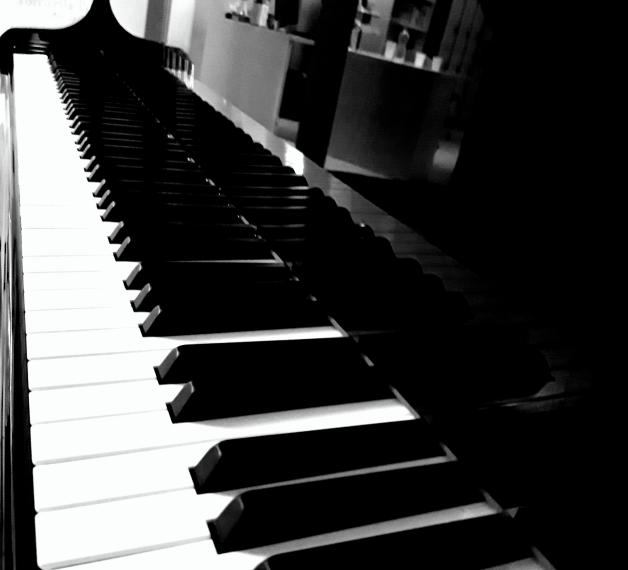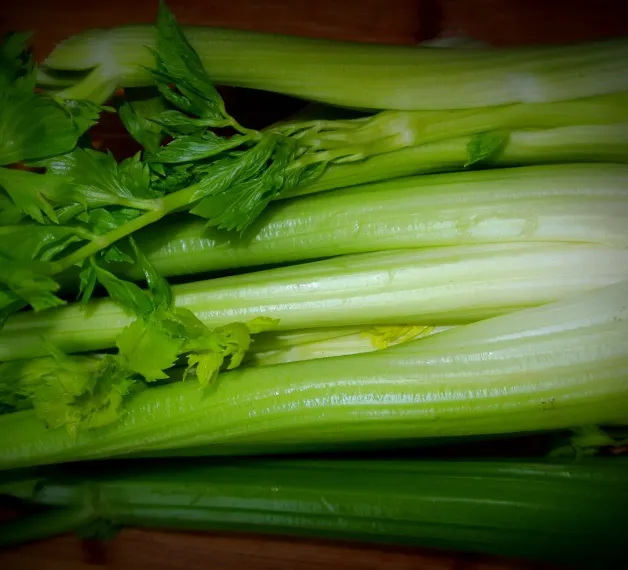The origins of Torricella Peligna date back to III-IV century B.C. when citizens gradually moved from the roman Iuvanum nearby to settle into bordering lands which, according to the classical scholar and historian Theodor Mommsen, “made an integral part of its territory”. That thesis was supported also by Alessandro Madonna, a magistrate passionate of archaeology, born in Torricella Peligna in the second half of 1800. His father Teseo and him were among the first who studied and safeguarded the ancient ruins of Iuvanum. Several archaeological findings, which were later protected and given value also by another eminent citizen of Torricella Peligna, Lelio Porreca, are shown in the Civic Museum of Torricella Peligna, set in the multifunctional Mediateca John Fante.
Bracelets and studs dating to the VI century B.C., ancient coins with irregular shapes, reliefs, oil lamps, votive figures, amphoras, an armilla (a bracelet), an oinochoe (a jug), thin metal chips and other precious daily items are displayed, some found and rescued by Lelio Porreca even in the neighboring areas, such as Montenerodomo, Colledimacine, Fallascoso and Lama dei Peligni.
A sundial fragment, a stone amphora for oil, a rectangular stone oil jug, and a bizantine-longobard stoup are displayed in the same room, which prove the territory was dominated by the Dukedom of Spoleto-Benevento in VII century A.D..
The Civic Museum, which keeps even a mummy of XVII century, found in the Parish Church of San Giacomo Apostolo, has an adjacent garden where huge stone remains are scattered, among which marble columns and statue pedestal, from Iuvanum and the nearby areas.
In April 1969 an extraordinary discovery was made during the excavation works in a construction site in the neighborhood of “Sant’Antonio”: the grave goods of an Italic Warrior of VI B.C.. It includes a rich panoply including: an helmet with stylized ham’s head, an iron dagger, a spiral bracelet, a spearhead and two bronze armor disks, which are now displayed in the Iuvanum Museum while their three-dimensional copies are in the Civic Museum of Torricella Peligna.
[Credits | Text: Ottavio Di Renzo De Laurentis | Translation: Mirella Rapa | Voice and music: Studio Qreate | Photo: Laura Di Biase]



